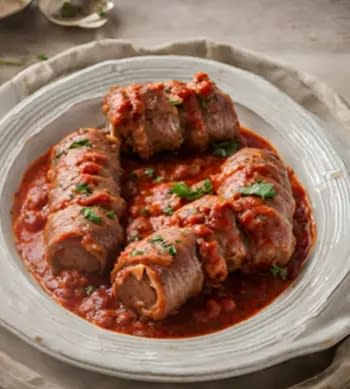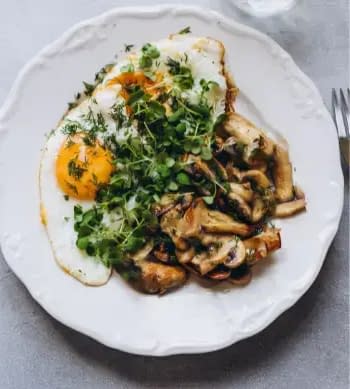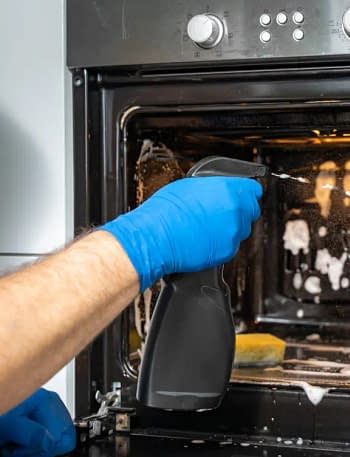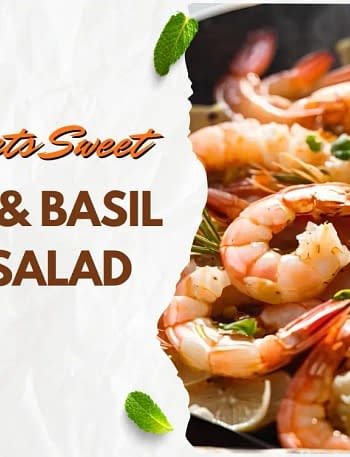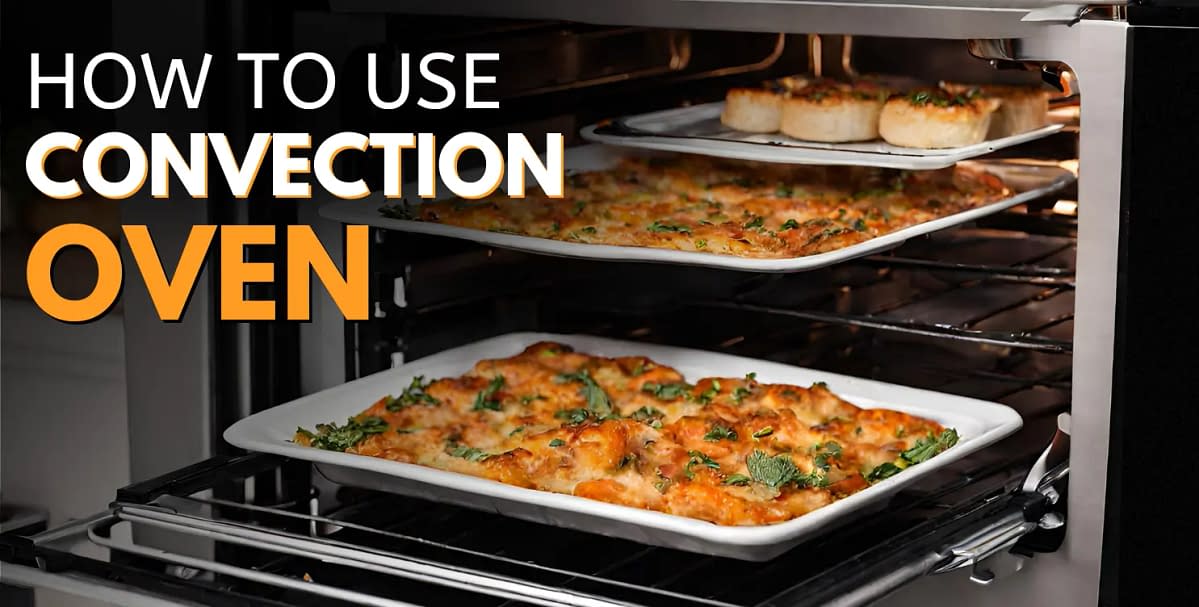
Ovens can be frustrating. You want perfectly cooked food, and what you get is uneven results or stuff that takes way too long. If you have a convection oven, it’s time to figure out what that setting actually does and how to use a convection oven to its full potential. It might sound complicated, but honestly, it’s not, and it can seriously improve your cooking. Think crispy food and consistent baking – all the stuff you want your oven to do right. Let’s cut through the confusion and get started.
Table of Contents
What is a Convection Oven?
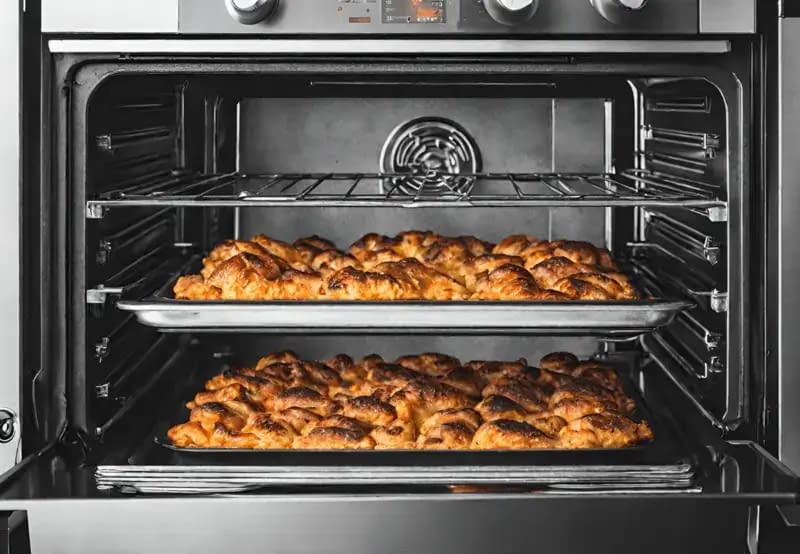
Convection ovens mean more even cooking and generally faster cooking times. It has a fan inside that keeps the hot air moving around your food. This means everything cooks more evenly and generally a bit faster. Unlike regular ovens, they can get that nice browning and crispiness at a lower temperature. It also helps dry out the surface of food faster, leading to better texture.
Convection ovens are great because they work for pretty much anything. No more unevenly baked stuff or having to constantly fiddle with pans during cooking. Since food cooks quicker, it’s also a bit more efficient. Overall, it’s a simple upgrade that can just make your results better, and who doesn’t want that?
Understanding the Benefits of Convection Cooking

Convection ovens just make cooking less of a pain. You get even heat, so stuff actually cooks the way it’s supposed to. No more than half of your food is being processed while the other half is still raw. Things also cook faster, which is great when you’re tired and just want dinner on the table. And it’s not just about speed – the food comes out better because it’s not getting blasted with super-dry heat.
If you want that crispy, perfect crust on things, Convection’s got you covered. It’s honestly way easier to get good browning and texture than with a regular oven. Plus, you can actually use all the rack space in there. Things cook evenly without having to constantly babysit them and move stuff around. If you cook a lot, that’s a huge time saver. Ess frustration, better results – and what we all want from our kitchen tools.
Tips for Preheating and Adjusting Temperatures

Preheating a convection oven is a little different than a regular one. Give it more time than you think. You also want to set the temperature a bit lower than what your recipe says–usually around 25 degrees lower. This gives it a chance to really get that even heat going.
Convection ovens cook hotter than regular ones, so definitely lower that temp from your recipe or just keep a close eye on things. You might also need to move your racks around a bit–it depends on what you’re making. You want the air to be able to get all around your food.
It might take a bit of experimenting, but once you get the hang of these few adjustments, your convection oven results are going to be way better.
Proper Placement of Food Inside the Oven

When you’re loading up your convection oven, don’t overcrowd it. The whole point is that the air needs to move around to cook things evenly. So use pans that aren’t super heavy, and give your food some breathing room on the racks.
If you’re cooking a bunch of stuff at once, stagger those racks so air can get to everything. So, like, cookies on the top and bottom rack, but offset. Halfway through, swap their positions so things brown nicely.
For big things like roasts, put them on the fattier side toward the back. That helps it melt and, you know, keep your meat from drying out.
It seems a little nitpicky, but honestly, these small things make a big difference in how your food turns out in a convection oven.
Monitoring Cooking Times and Rotating Dishes

The thing about convection ovens is they cook fast. So, while you definitely want to use a timer, don’t assume it’s all set-it-and-forget-it. Check your food regularly, especially if it’s your first time making that recipe. You might even end up shortening the cooking time a bit until you get used to it. Burnt food is never the goal!
Halfway through cooking, it’s a good idea to rotate things. This helps everything brown nicely and makes sure one side of your dish isn’t getting blasted with hot air the whole time. Just remember, ovens are hot – seriously, use those oven mitts so you don’t burn yourself!
Honestly, these are simple things that make a difference with convection cooking. Think about how annoying it is when half your cookies are perfect, and the other half is burnt to a crisp. A little bit of attention during cooking helps you avoid that!
Cleaning and Maintaining Your Convection Oven

Cleaning the oven is never fun. But with a convection oven, it’s worth doing regularly so it keeps working right. First off, wait until it’s totally cooled down – nobody wants to deal with that. Pull out those racks and anything else removable, and let them soak in soapy water while you tackle the inside.
Wipe down the inside of the oven with a damp cloth. You might need a little cleaner for stuck-on bits; just make sure it’s not super harsh so you don’t mess up the finish. Pay attention around the fan because that’s where grease likes to hide. Tough spots? A bit of baking soda mixed with water often does the trick.
While you’re at it, take a quick look at the rubber seal around the door. If it’s cracked or coming loose, you might need to replace it. A bad seal means heat escapes, and that throws off your cooking.
Use the convection oven for a variety of recipes, from baked goods to roasted meats and vegetables.
Convection ovens work for pretty much everything. Seriously, perfect cookies, crispy roasted veggies, juicy chicken – it does it all. Because the heat is so even, you don’t have to worry about half your food being done and the other half still raw.
Also, it often cooks things a little faster than a regular oven! That’s always a win when you’re hungry. The way it cooks is a bit gentler on food, so your stuff doesn’t dry out as much. Basically, a convection oven just makes your food turn out better.
Experiment with different cooking times and temperatures to find the best results for your favorite dishes.
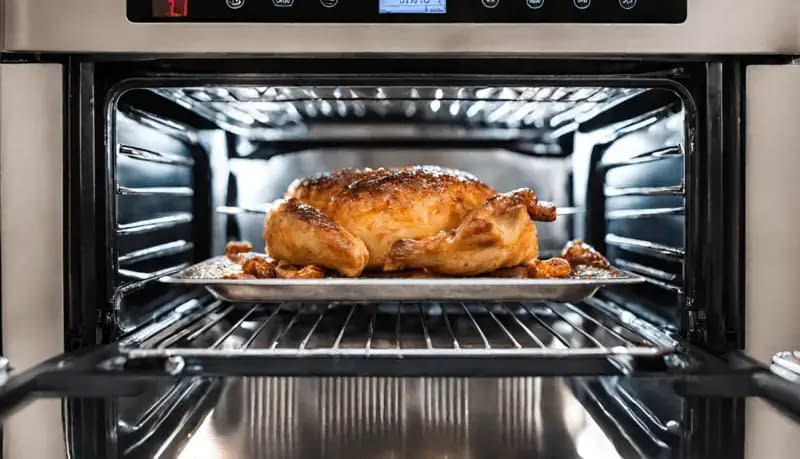
Honestly, it’s going to take a few tries to get used to cooking with Convection. Don’t get discouraged if your first roast isn’t perfect! Recipes are a guideline, but you might need to tweak the temperature or cook time a bit for your oven and how you like your food.
For example, if you want extra crispy roasted potatoes, bump up the heat and check on them often. The same idea applies to chicken – start it at a high temperature for that perfect crispy skin, then lower it to cook the rest of the way through. It’s really about figuring out what works.
The good thing is, once you’ve used it a few times, you’ll start to get a feel for how your convection oven cooks. That’s when things get really fun!
Conclusion: Enjoy Efficient Cooking with Convection Technology
Convection ovens might seem a bit weird at first, but honestly, they make your life easier. It’s worth taking a little time to get used to it because once you do, your food is just going to come out better. Check out what your oven’s instructions say, and be willing to experiment a bit in the beginning.
Pretty soon, you’ll be turning out perfectly cooked meals, and that whole stress of things being half burnt and half raw will be a thing of the past. That’s what cooking should be about.
FAQ
Can I use regular oven recipes in a convection oven?
Yes, you can use regular oven recipes in a convection oven. You’ll probably want to lower the temperature a bit (like 25 degrees lower) and check on your food more often. Convection ovens cook faster, so things can get overdone if you’re not careful.
What kind of pans work best in a convection oven?
Your regular pans are fine. Metal works really well, though – it helps the heat get to your food evenly. Those super thick, heavy pans can take a while to heat up, so keep that in mind.
Is a convection oven good for baking?
It can be! A lot of the time, you get nicer results in a convection oven. Things brown more evenly, and cookies and cakes rise better. It’s just more consistent than a regular oven.
Do I need to rotate food in a convection oven?
Not as much as with a normal oven. But it’s not a bad habit, especially if you’re cooking something big. It helps make sure everything gets that nice golden-brown color.
Can I cook multiple things at once in a convection oven?
Yeah, usually! The key is to leave a bit of space around things so the air can actually circulate. You might need to stagger things on the racks a bit to get it all to fit nicely.
Can I still use the broil setting in a convection oven?
Yes! Most convection ovens still have a regular broil setting, so you don’t have to change a thing if you want that super-high heat to finish things off.
Any other tips for successful convection cooking?
Don’t cram too much stuff in there, always use oven-safe pans, and don’t be afraid to play around a little! It might take a few tries to figure out the best times and temperatures for your favorite recipes.


